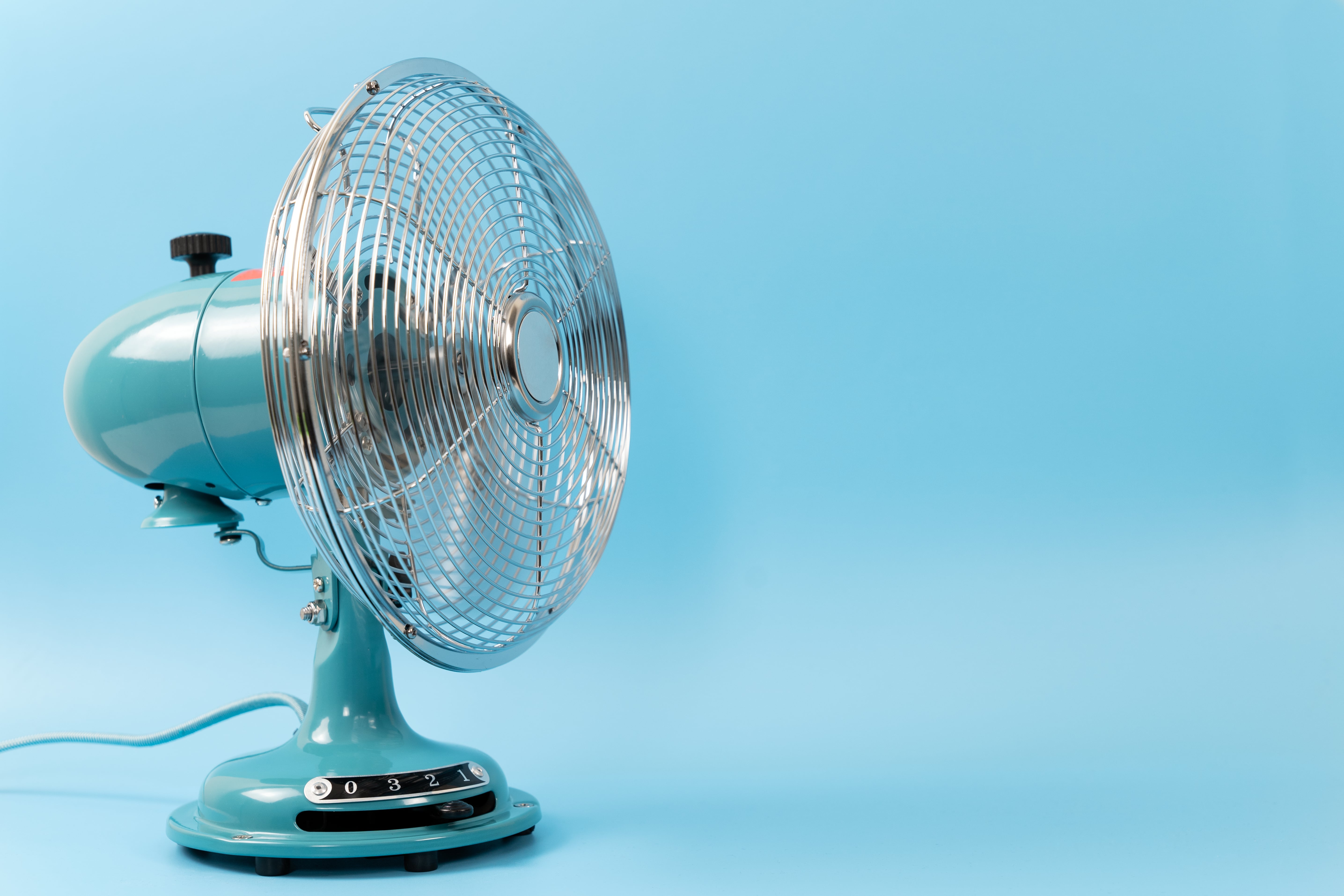Perimenopause: The Hormonal Balancing Act You Didn’t See Coming
- Talia Dali
- Perimenopause & Menopause
Let’s have a chat about something many of us go through, but no one really warns us about—perimenopause and the rollercoaster ride that comes with it. Now, we all know the story: low estrogen causes hot flashes, mood swings, and all sorts of chaos. But here’s the kicker—it’s not always low estrogen causing the drama. Sometimes it’s low progesterone sneaking in, leaving us wondering what the heck is going on with our bodies!
The Hormonal Tug-of-War: Estrogen Dominance vs. Low Estrogen
Picture this: You’re suddenly breaking out in night sweats, tossing and turning, wondering what you did to deserve this. It’s easy to point the finger at low estrogen because that’s what we’ve been told over and over again. But wait—there’s more to the story.
Estrogen dominance can also be the culprit, and it happens when your progesterone levels drop faster than estrogen. It’s like trying to bake a cake with too much sugar and not enough flour—it just doesn’t turn out right. Your body becomes overwhelmed by the effects of too much estrogen, even if your levels are technically dropping.
Low Estrogen: The Usual Suspects
When estrogen levels dip, it’s a classic case of the following symptoms:
• Hot Flashes and Night Sweats: You feel like you’re living in the Sahara. Out of nowhere, your body decides it’s time to sweat like you’re at boot camp—especially at night.
• Mood Swings and Depression: Low estrogen messes with your serotonin, the happy hormone, leaving you feeling down or irritable.
• Vaginal Dryness: Yes, we’re going there. With less estrogen, your vaginal tissues become dry and more delicate, which can make intimacy uncomfortable.
• Bone Loss: Estrogen protects your bones, so when it declines, it’s harder to maintain bone density.
• Fatigue and Sleep Issues: Low estrogen disrupts your sleep patterns, and before you know it, you’re wide awake at 3 a.m., googling “why can’t I sleep during menopause?”

Estrogen Dominance: The Sneaky Sister
Now, here’s where it gets confusing—estrogen dominance can mimic some of these low estrogen symptoms, but with a twist:
• Night Sweats: Just like with low estrogen, but in this case, the problem is more about the imbalance with low progesterone.
• Anxiety and Irritability: High estrogen relative to low progesterone can make you feel like your nervous system is in overdrive. Restless nights? Check.
• Bloating and Water Retention: You’re suddenly feeling puffy, and your jeans aren’t fitting the way they used to.
• Weight Gain (Especially in the Hips and Thighs): Estrogen dominance loves to store extra fat in those “womanly” areas.
• PMS-like Symptoms: Even if your periods are irregular, you might still get headaches, mood swings, and breast tenderness.
So… Is It Low Estrogen or Estrogen Dominance?
Let’s break it down. If you’re heading toward menopause, low estrogen is the usual suspect. But if your progesterone levels are dropping faster than your estrogen levels (hello, perimenopause), you might be dealing with estrogen dominance. It’s all about timing: Estrogen dominance typically happens earlier in perimenopause, while low estrogen becomes the norm closer to menopause.
Let’s Talk Progesterone (The Forgotten Hormone)
Now, poor progesterone tends to get forgotten in all the estrogen talk, but it’s equally important. Progesterone has a calming effect—it’s like a nice glass of wine at the end of a long day. When levels are low, you might find yourself feeling more anxious, on edge, and restless. This imbalance can leave you thinking, “What is happening to me?” when really, your body just needs a little more balance.
The Confusion is Real
The tricky part is that these two imbalances—low estrogen and estrogen dominance—can look and feel very similar. One minute, you’re thinking, “Okay, it’s low estrogen,” and the next, you’re wondering if you’ve got too much estrogen running the show. If your mood swings are veering more toward anxiety and irritability, it’s likely that estrogen dominance is playing a role. On the flip side, if you’re feeling depressed and low on energy, it could be low estrogen.

Finding Balance: What Can You Do?
Support Progesterone Production
• : Foods rich in zinc and magnesium (think spinach, pumpkin seeds, and chickpeas) can help boost progesterone levels.
• Tame Estrogen Dominance: Add some cruciferous veggies (broccoli, cauliflower) to your diet—they help detox excess estrogen.
• Exercise: A gentle cardio routine or strength training can work wonders to balance those hormones.
• Stress Less: Easier said than done, but stress management is key. Meditation, yoga, or even a good laugh with friends can help lower your cortisol, which messes with both estrogen and progesterone.
Support Estrogen Production
• Phytoestrogens: Foods like flaxseeds, soy, and legumes contain natural estrogens that can help your body adjust to fluctuating hormone levels.
• Healthy Fats: Estrogen production requires fats, so make sure to include healthy fats like avocados, olive oil, and nuts in your diet.
• Vitamin D: It plays a role in estrogen regulation, so getting enough sunlight or adding a vitamin D supplement could make a difference.
So, What’s the Verdict?
Navigating the waters of perimenopause and menopause can feel like trying to read a map without any directions. But understanding the difference between low estrogen and estrogen dominance—and how progesterone fits into the picture—can help you figure out what’s going on with your body.
It might be confusing at first, but remember—your body is transitioning, not malfunctioning. With the right support, you’ll be back in balance before you know it. And when all else fails, at least you’ll have a good laugh about that time you found your phone in the fridge!
Need more help navigating these symptoms? Don’t hesitate to consult with me—I’m here to guide you through this hormonal maze!